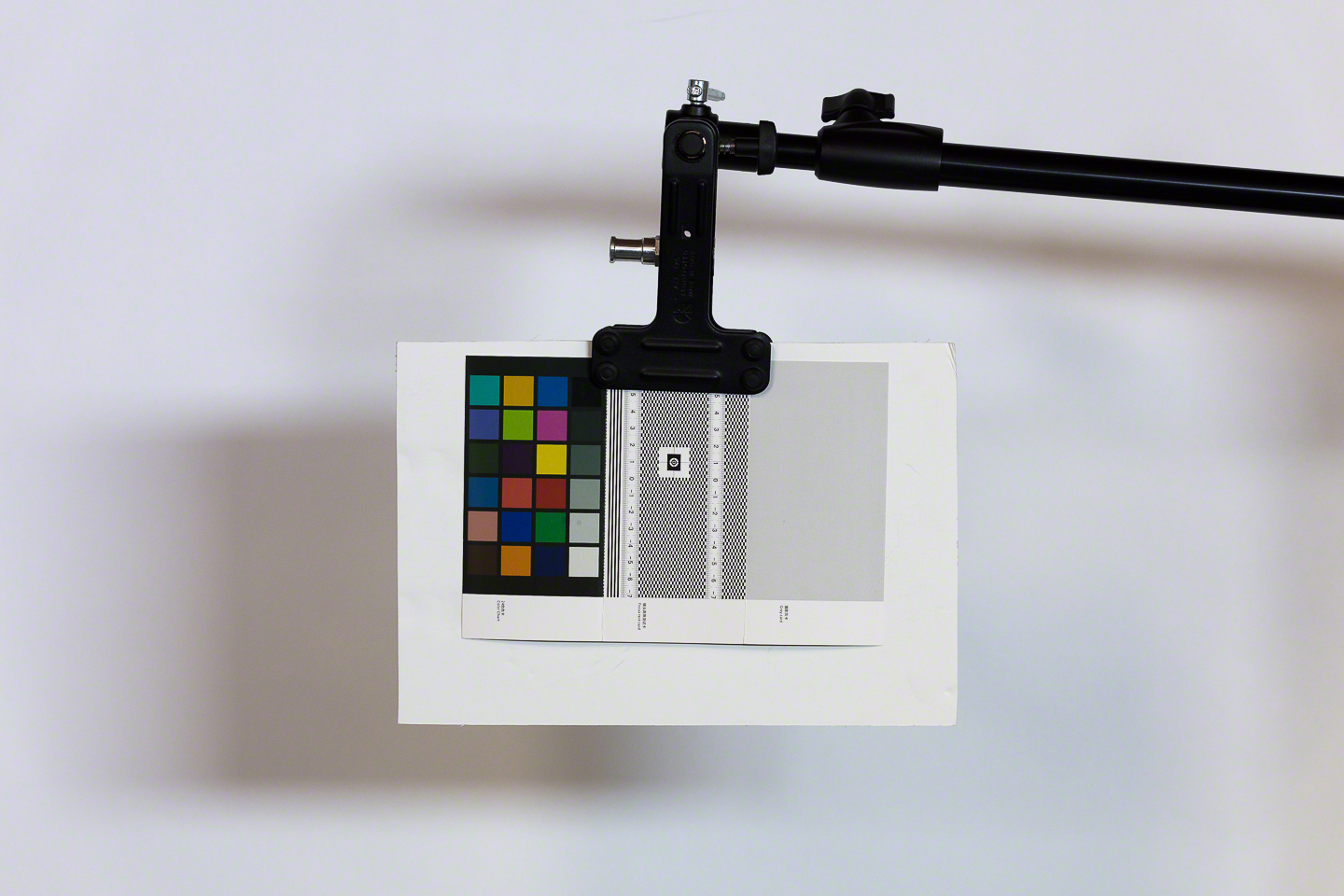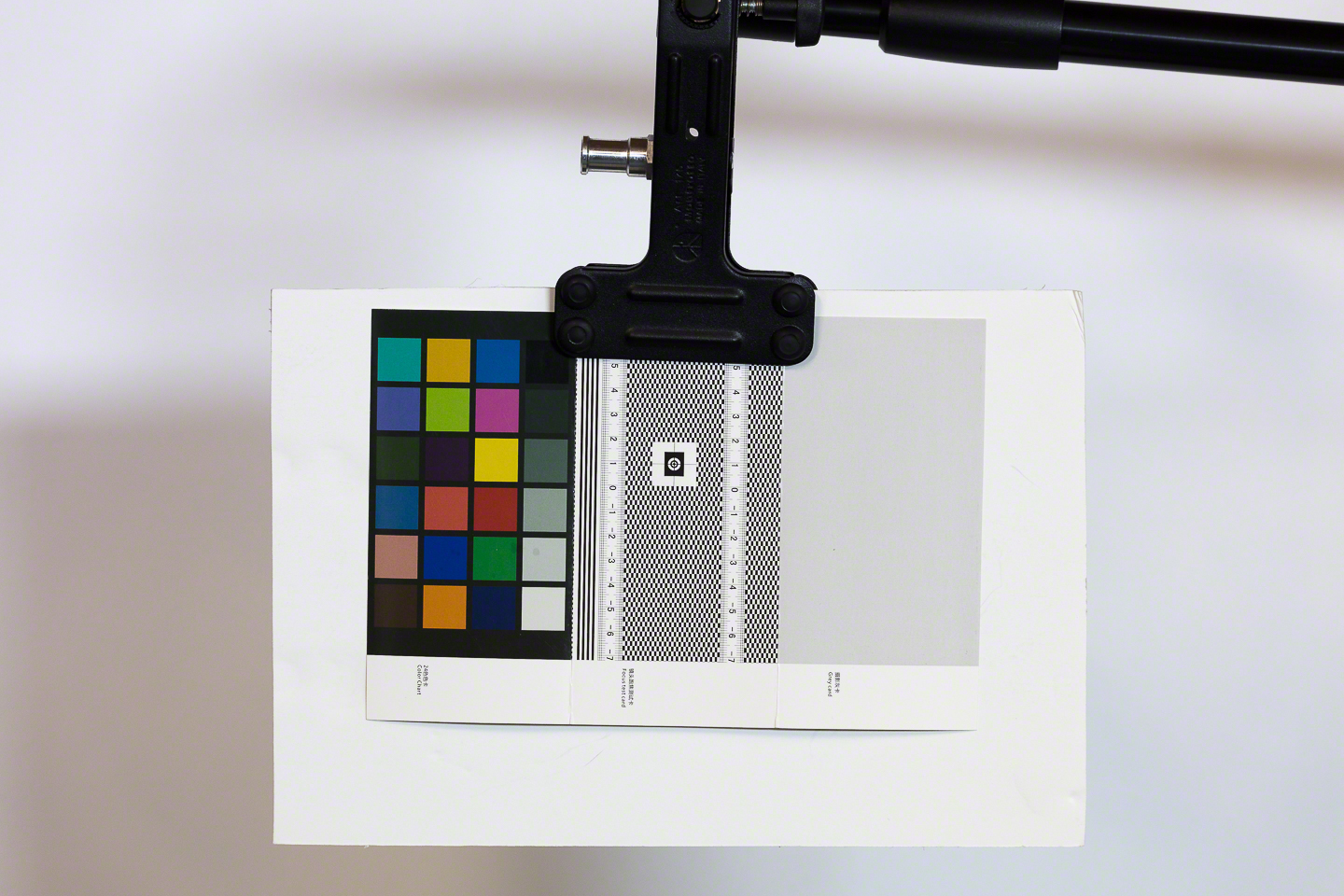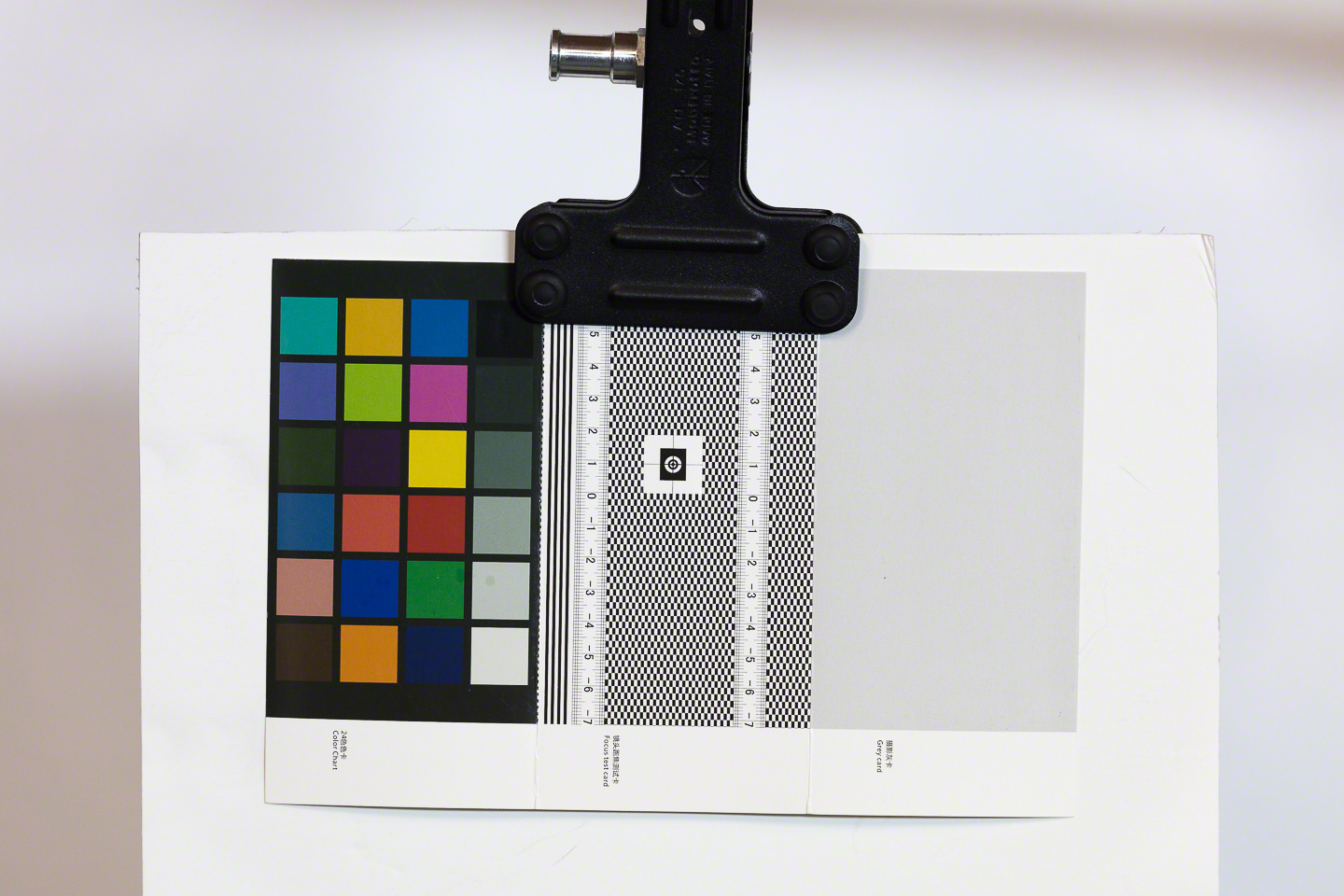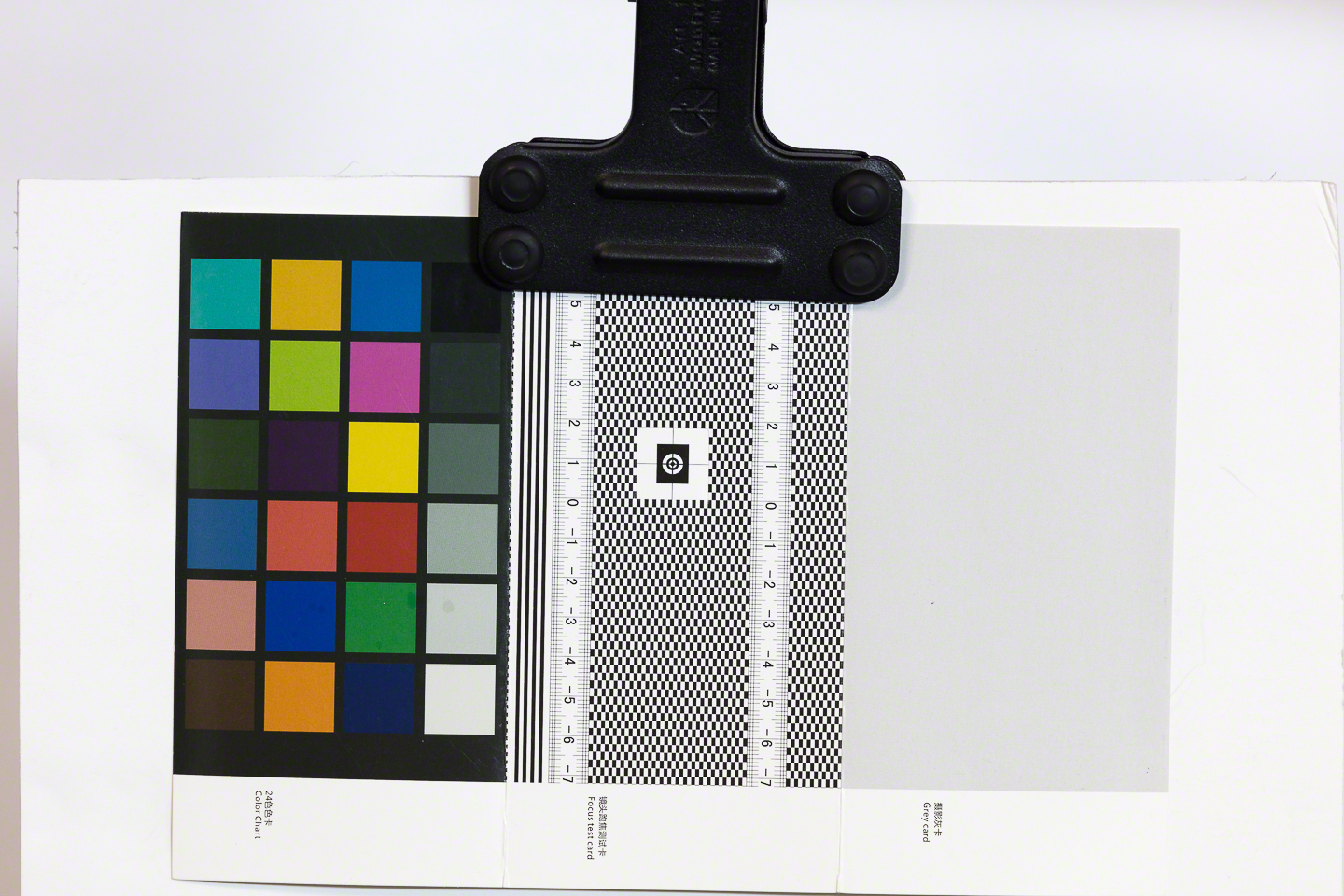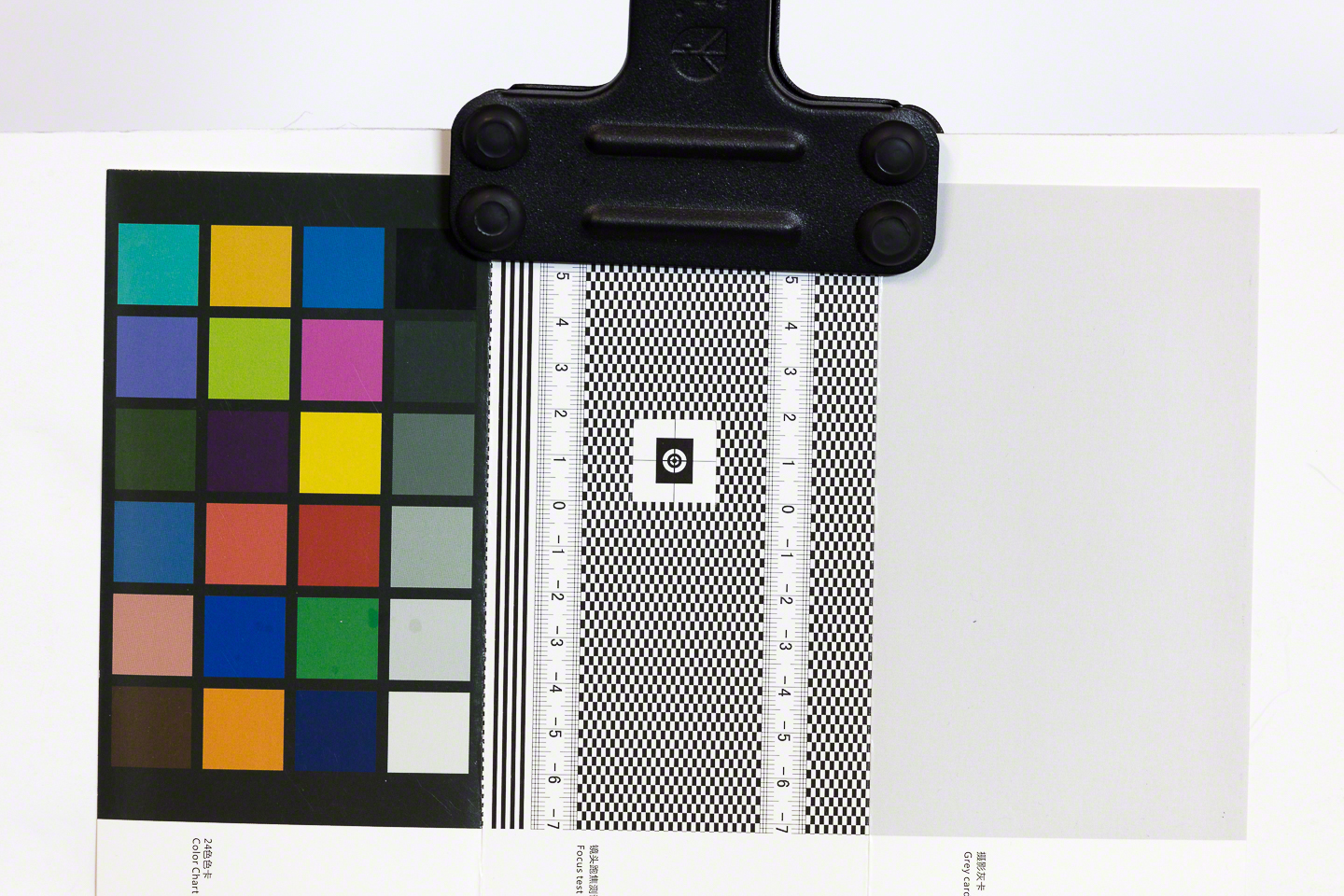QUICK REVIEW : Sigma 150mm - 600mm f/5-6.3 SPORT
/Sigma's Sport series 150-600/5-6.3 telephoto zoom. It's big and a bit heavy, but is very impressive in its image quality
First Look
A client contacted me last week. She was finding that her existing telephoto zoom lens did not have the reach that she needed for birding, and had done some initial research and was interested in Sigma's 150-600/5-6.3 Sport telephoto zoom. She wanted to know if I had shot it and tested it before ordering one, because while priced competitively, they are not inexpensive.
I arranged to get one from my contact (thanks Chris A.) and picked it up a few days ago. The very first thing that I noticed about the Sport, having handled the Contemporary version, is how much bigger and heavier that the Sport version is. It's also more expensive, so I became curious as to why one would pay more for ostensibly the same lens, when it was larger and heavier.
The Sport version is not ill-named. It is designed for the demands of the serious sports photographer, and into that I will toss birding because the challenges can be the same. This lens is weather resistant, and I cannot imagine either a birder or a serious sports photographer heading out into the field, or into a blind without a weather protected lens. I am aware that you can get wetsuits for lenses, but it's just one more thing to carry and if one gets soaked through, you may be doing more harm than good. I think that the heavier duty construction would help the lens survive daily use better. I have never been hit in the lens by a puck, but I have been knocked over by a football player getting knocked a little far out of bounds. Toughness in your gear matters.
I mounted the monster to my 1Dx Mark II and was pleased to find out how fast it focused. That's a big deal for me and the lens is very quick. I found that handholding was possible, but even though I have decent upper body strength, I wouldn't try handholding this lens for a long time. It really needs a monopod or a tripod. Test images at 1/1000 were sharp enough, but at 1/750, I could see evidence of microshake, even with the Optical Image Stabilization turned on. That's not a flaw in the lens, it's about swinging a tube that's nearly 18 inches long and 6.3 lbs making more movement than OIS could possibly compensate for.
I then put the lens on a RRS tripod with a lens plate and attached the 5Ds. I pulled the ISO down to 100 and started shooting tests of focus charts in the studio from about 12 feet away. Shooting wide open, throughout the zoom range delivered good images, a tiny bit soft, growing softer towards the corners, with about 1.5 stops of corner vignetting. For the next series, I raised the ISO to 400 and set the aperture to f/9. As I expected, things sharpened up substantially, a fairly common occurrence on long telephoto zooms at short camera to subject distances when stopping down a couple of stops from wide open. Viewing the plainly converted RAWs with no lens corrections applied and no sharpening tells us that the lens, out of the box, is delivering a solid level of image quality. I will note that the 5Ds is well known for microshake due to mirror slap so I shot these sequences with a remote released and a 2 second delay after mirror up before the shutter released. My first tests were with a remote, but no mirror lock up, and I could see a difference, hence my change in test practice.
Findings
This lens allows user customization of response when used with Sigma's USB dock. I read the documentation to learn what it could do, but was not able to secure a dock for this Quick Look. In addition to AF, Manual Override and Manual Focus selection, and the OIS selection, there is a switch selector for custom setting invocation, a focus range selector and a lock to prevent zoom creep.
The lens is unique in that it is designed to be both a twist zoom and a push-pull. Personally I liked the push pull handheld, and the twist when on a tripod. The zoom action is very smooth but also very tight. No slippage or creep here. I also found that the hashmarks for the focal length were extremely accurate when I checked the EXIF data. I cannot say that I have always seen this level of consistency.
The hood is a reverse mounting unit, very similar to the hood mechanism on my 500/4 L. Unlike the Canon lens, you can mount a front filter on the Sigma, but I fail to see a good reason to do so. The design is already sufficiently complex with special SLD and FLD elements that the logic of adding some other piece of something up front makes no sense, and I don't see a lot of occasions to use a polarizer on a lens of this optical speed all that often. However, it you want to, you can purchase and mount any screw-in filter with a 105mm mount.
This lens will mount to a full frame or APS-C sensored body. As I was testing with a Canon mount, that means on a 7D Mark II the effective focal length range is 240mm-960mm. 960mm at f/6.3 is nothing to snark at. Sigma also offers this lens with their 1.4x teleconverter as a bundle in some countries. I was not able to test this to see if AF would hold up through the varying maximum aperture as most AF systems require at least f/8 for AF and with the converter, the lens would deliver about f/9.
The lens comes with a padded Sigma nylon case and a strap to attach to the lens itself. I cannot overstate the importance of this strap. The lens is a 6.3 pound deadweight on your lens mount. If you carry your camera around by the regular neck strap, you are putting an unreasonable strain on the mount. Use the lens mounted strap only. Avoid handling the combination by the body alone, support the lens at all times. I'm afraid that if you mounted this to an entry level body, like one of the Canon Rebels or Nikon D3X00 series bodies, that the weight of the lens could pull the mount right off the camera or at least torque it enough to screw things up badly. This isn't just a Sigma thing, it's true for all lenses. I cringe when I see someone carrying a body on a tripod with a monster lens hanging over their shoulder when the only thing keeping the lens from crashing is the lens mount on the camera body. At least for a short while.
The tripod foot is built tough. I've seen some that feel like they would snap off in a strong wind. This one is very tough and is tapped in multiple places for a 1/4-20 mount. I leveraged this in my test using a long RRS plate with 2 1/4-20 screws to hold the plate to the foot. It will sound like griping, but I would have preferred to see one hole tapped for the larger 3/8-16 fitting. The foot, when rotated to face up, makes an effective grab handle. I did not find the foot long enough to achieve a gimbal balance without adding the long RRS lens foot plate.
I mounted the lens to my RRS Gimbal head on the 3 series RRS tripod and found the combination very comfortable and easy to bring to balance using the long lens plate, once I picked a focal length. This is important, because the lens changes length as you zoom, so a gimbal balance point will be right for one focal length choice and out to some extent for others. I set my balance and pivot point for 600mm. While I am not a huge fan of the 7D Mark II (I think it could be so much better at higher ISOs) the combination works wonderfully together for birding or long distance sports. I could shoot this lens from the sidelines at a football game and still get the shots that I wanted without excessive cropping, although the f/6.3 would drive me to higher ISO settings to get the shutter speeds that I would want. The 1Dx Mark II has no issue with high ISOs so I would have to go that route in that scenario.
The lens is not as sharp as my 500/4 L. It also costs 1/4 of the price of the 500mm and about 1/7 the cost of the 600/4 L so one has to be reasonable when making these kinds of comparisons. I find the build quality to be better than my second generation Sigma 120-300/2.8 DG OIS HSM.
Sample Images
I did not have a lot of time with this lens, so all my tests are shot in the studio using continuous light. White balance has been adjusted, and whites and blacks levelled properly. Basic sharpening was done in Lightroom.
All the images were made on the same Canon 1Dx Mark II, with the mirror locked up at varying focal lengths and at f/9
Conclusion
Which brings me to the point of this Quick Look Review. Is the Sigma 150-600 Sport worth the extra money over some of the competitors, including the Sigma 150-600 Contemporary or the Tamron G2 150-600? I think that the answer is yes, with some caveats. I have shot the 1st generation Tamron and liked it a lot. Charts are showing that the G2 is not as sharp as the first generation. I have not had opportunity to test the new Tamron. The Sigma 150-600 Contemporary is of a slightly different design than the Sport, and while I have shot it, have not done so in a rigid test structure. That said, I think that optically the Sport has a slight edge. Where the Sport cleans up is in construction, durability and weather protection. For my use cases, those are very important and thus if I was in the market for something like this, I would definitely be drawn to the Sport version. I would have to consider though that it is a mounted lens, either on monopod or tripod for extended shooting. It also gets rather long when the zoom is set to 600mm, hardly subtle at all. It's also just too heavy to handhold steadily for any length of time, despite all my stabilizing tricks.
As I conclude this Quick Review, this lens is selling in Canada at my local dealer for about $2250, a $350 savings off the regular price. Sigma Canada warranties are 7 years and you just cannot beat that kind of manufacturer confidence. I've written in the past about the awesome service delivered by Gentec International, the Canadian distributor. It's a very good reason to choose a Sigma product.
I think that the lens delivers good value for the money. I noticed softening at the edges on full frame, not visible on a crop sensor because the edges of the image circle are cropped out. Vignetting was not a problem. Sharpness is quite good, not as solid as a prime, but not nearly as crazily expensive either. Construction is very robust and I believe that the lens will hold up very well under stressed shooting conditions. I definitely prefer it to the other 150-600mm options that I have shot. The downside is the size and weight and the reality that this is monopod or tripod lens, and will require a higher quality unit because of the twist weight it will have. Obviously I prefer and recommend Really Right Stuff products, but you will be well served with a Gitzo, or Feisol or similar platform. If working from a tripod, a gimbal head is absolutely beneficial for balance and rapid placement.




